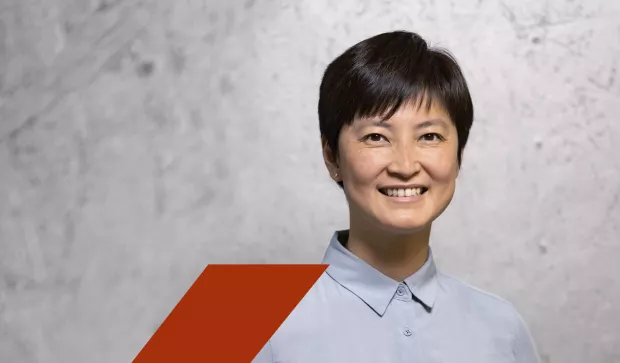Muons: New analytical possibilities for industry at large-scale facilities
Muon Induced X-ray Emission (MIXE) is a technique which has recently gained importance in the field of applied sciences with the advancement of large-scale accelerator facilities. It is a non-destructive technique with access to the bulk of a sample (up to a few centimeters) and depth-profiling capabilities (with a min. depth resolution of about 50 μm) in addition to being sensitive to all the elements in the periodic table with Z > 1 (if the concentration is larger than about 0.1 wt%). This technique involves the bombardment of a sample of interest with a negative muon beam. Depending on the momentum of the beam and the density of the material, the muons stop at a particular depth inside the material, where it is captured by an atom to form a so-called muonic atom. A muonic atom eventually emit high-energy muonic X-rays and gamma rays (with an energy up to a few MeV), which are detected using a setup consisting of high-purity germanium detectors.

